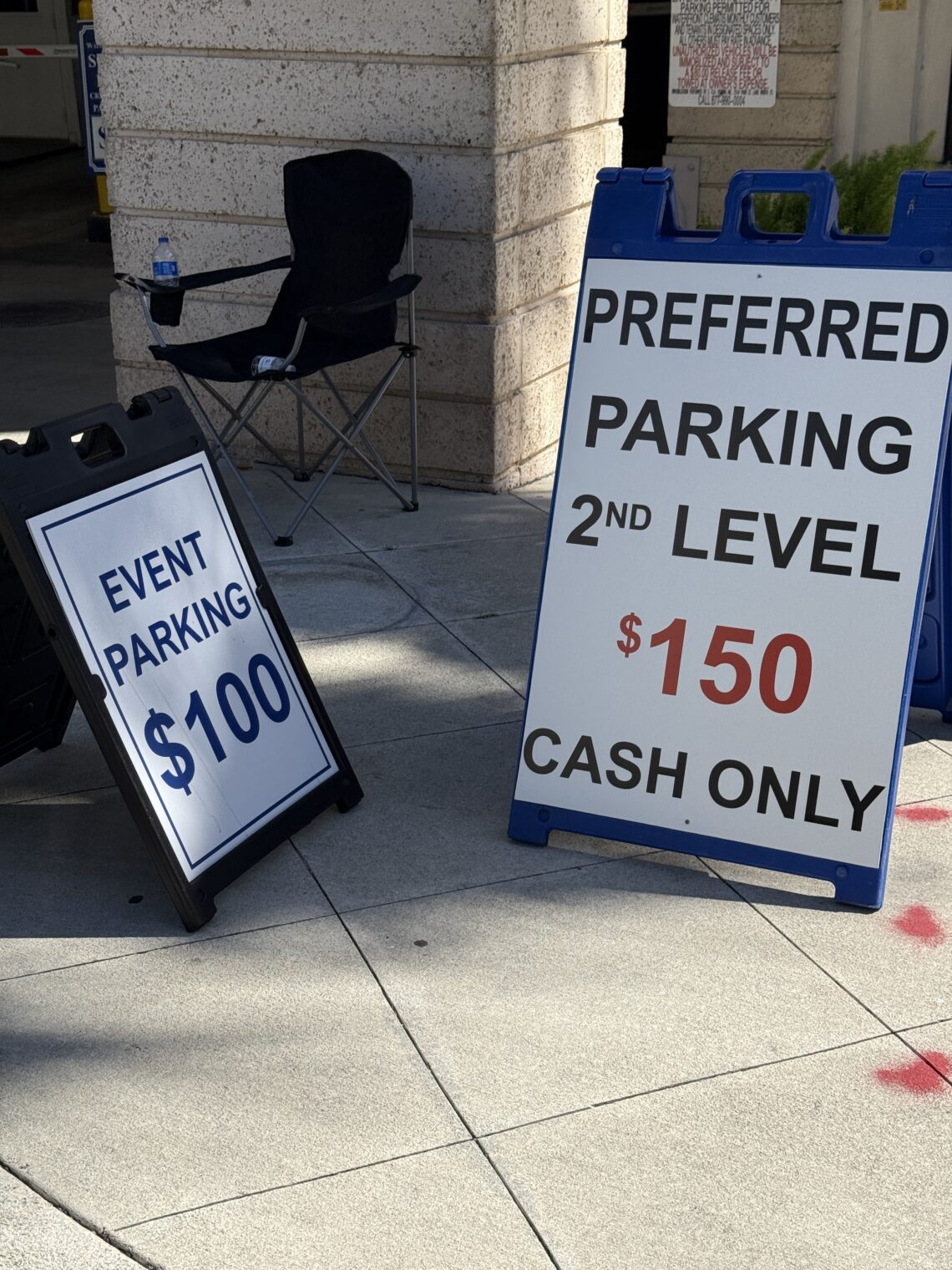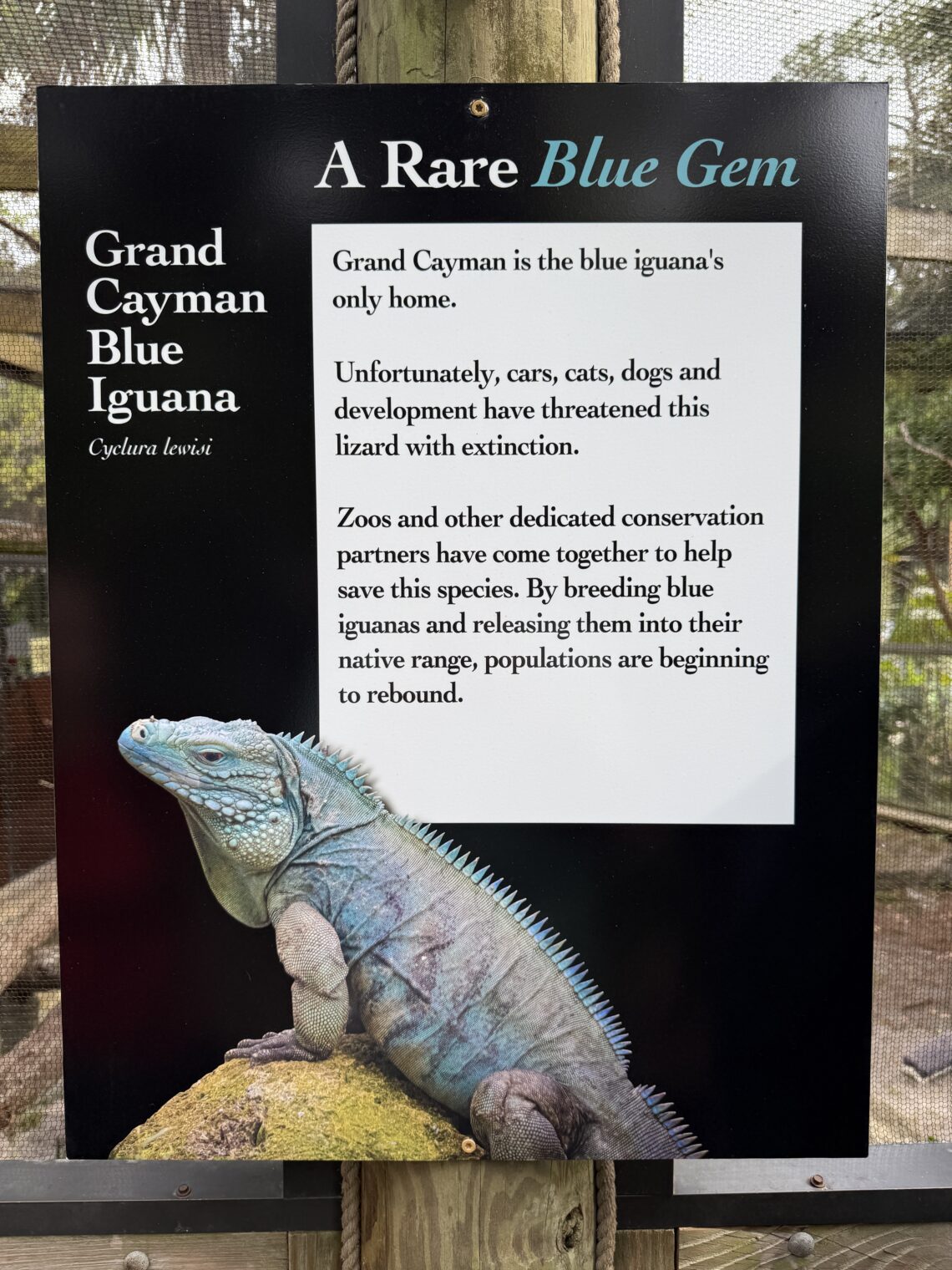Palm Beach International Boat Show
If you’re in the market for a 150-250′ yacht, the Palm Beach International Boat Show isn’t a terrible place to spend the day (Fort Lauderdale International Boat Show might be bigger/better, I think, and there is also Miami, but both of those shows are spread among multiple locations). Palm Beach Post: “This year [2025] will feature 45 yachts measuring 150 feet or longer and 200 superyachts surpassing 80 feet in length.”
What does it look like overall? Here’s an aerial photo from 2024 (taken from the mighty Robinson R44):
Here’s my report on a day spent strolling around. I can’t show you what the elites see because peasants aren’t allowed into the superyachts. Potential customers must be vetted and accompanied by a broker (a neighbor actually is a yacht broker, but he didn’t invite me to sneak in with him and he was busy trying to close a deal on a 112′ boat for a mini-douche; he says that new boats can usually be had for 10 percent off the list price).


One take-away from the show is that Europe isn’t quite the economic basket case that it appears to be. Americans are generally too lazy/unskilled/unionized to build nice boats at competitive prices and the Bidenflood of 10+ million low-skill migrants didn’t change that. The floating examples of craftsmanship at the boat show were generally made in Poland ($1 million), Italy and China ($1-10 million), or Holland and Germany ($10-50 million).
One of the first boats that I went on, though, happened to be made in Washington State, a Ranger Tug on which I met a guy preparing to do a 1.3-year trip around The Great Loop. He said that Elon Musk’s Starlink was critical to enabling this project because he intended to continue working via Zoom during the voyage. When I mentioned this on Facebook, a loyal Democrat questioned the need for Starlink because, in his view, mobile data service would work perfectly on every mile of the journey. Apparently, all that one needs to make cell phone service 100 percent reliable in the United States is a passionate hatred of Donald Trump and Elon Musk.
Here’s what a couple’s 31-foot two-bedroom home for more than a year looks like:


(When on the Intracoastal Waterway for this trip, keep the red buoys on your left if going counter-clockwise. The “red right returning” rule is a little challenging to apply on the Intracoastal until you remember that it runs from New Jersey to Texas and, as a training captain told me, “nobody wants to return to New Jersey.”)
What if you need to do the trip in a week instead of 1.3 years? Mercury offers 600 hp V12 outboard motors and 2400-3600 hp on the transom could fulfill your need for speed:


Speaking of the transom, Wiszniewski Yachts is a Polish company, founded by an Axopar partner, whose W43 has a motorized platform behind the outboard motors. When the kids are ready to swim, the platform can be lowered into the water for easy in/out access. Here’s what the 900 hp $800,000 machine looks like from above:
One neat feature has been copied from RVs. The tables appear to be wood, but they’ve got enough steel inside that glasses with embedded magnets will stick to them even if the boat tilts 45 degrees or more.
For those of us who value a quiet boat, the Dutch company Zeelander provides a dBA measurement:
Even more quiet can be obtained with a pure battery-powered Halevai party boat (made in Louisiana and retailing for $185,000):
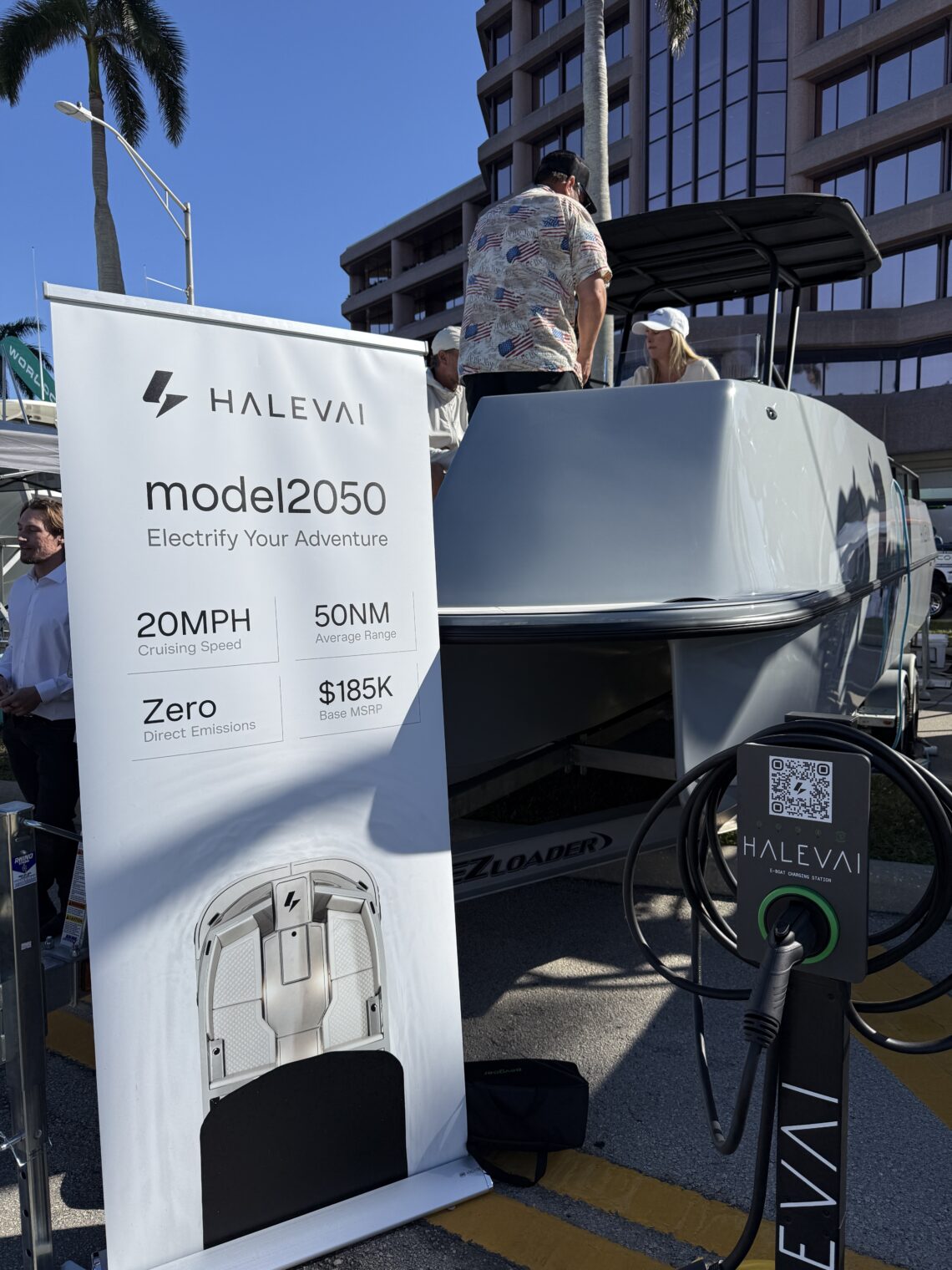
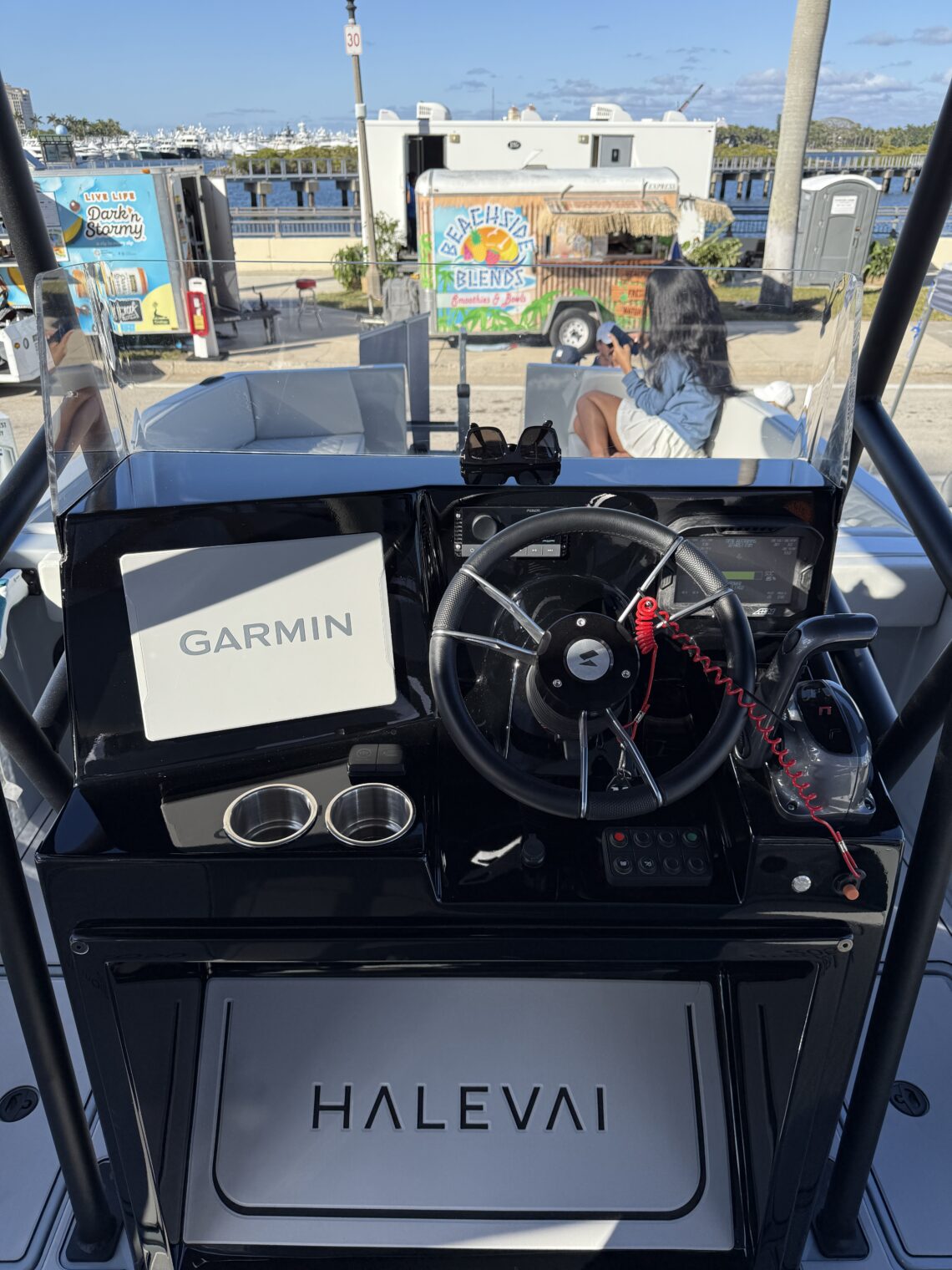

Note that the company sends power into the outboard half of a Mercury inboard/outboard drive system. That way, in case of damage, it can be repaired at any boatyard.
It’s a fun experience to stroll around. For a $40 lunch break and a glimpse at where the real action is occurring, duck out of the show (the same ticket on your phone gets you back in) to the Ben Hotel. This is where the brokers, lawyers, etc. hang out to negotiate and finalize transactions. Don’t park near the Ben, though! It will be about $10 to park at the Convention Center and then it is a 15-minute walk or a free shuttle bus ride to the event. In 2025, at least, there was a simultaneous art show at the Convention Center and the $35 ticket to the boat show was also accepted for the art show.
Here’s an ultimate redneck vehicle, with Yamaha engines in each pontoon (Shadow Six; $250,000):
If your taste is more refined and you want to save the planet, perhaps this $566,350 Rolls-Royce Spectre will suit:

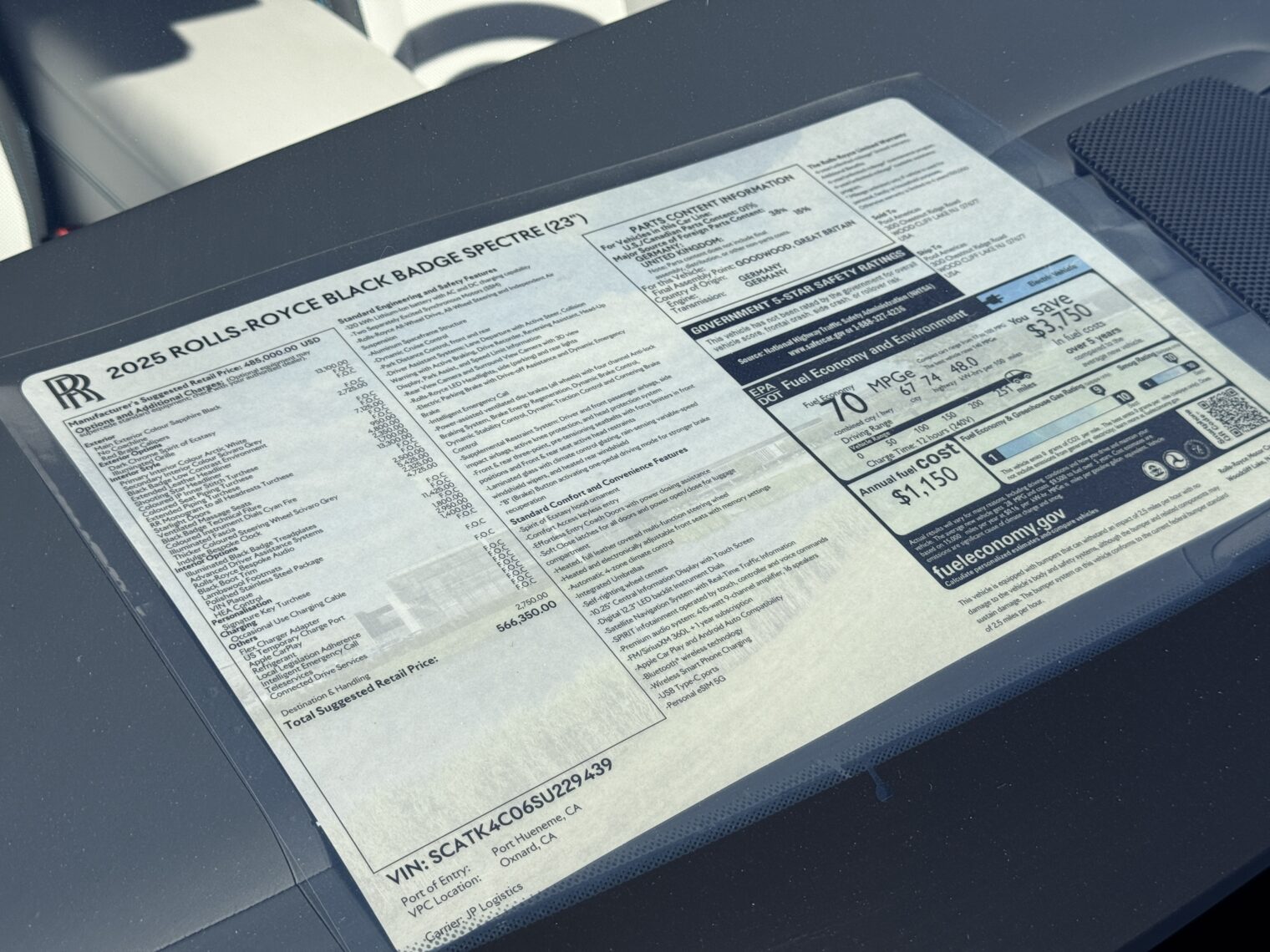
Note that the government is watching our for us by mandating a calculation of the fuel cost/savings on the window sticker. There were Ferraris, restored Land Rovers, and classic Rolls-Royces on display as well.
It’s a fun event and downtown West Palm Beach is a fun place to hang out even when there is no event. For folks in the Northeast, Chicago, and California who are wondering how the West Palm lifestyle might be different than theirs, here’s a public bathroom inside a public parking garage (Hibiscus):


(If you don’t have kids, I think a condo or apartment in one of the gleaming new buildings in West Palm Beach might be the best place to live in Palm Beach County. Publix, culture, restaurants, an off-the-charts public library, etc. are all within an easy walk. Much of this is due to the efforts of Stephen Ross, developer of City Place and owner of the Miami Dolphins (also a Jewish enabler of the Queers for Palestine movement at the University of Michigan via his hundreds of $millions in donations to the progressive Democrat institution).)
Full post, including comments



